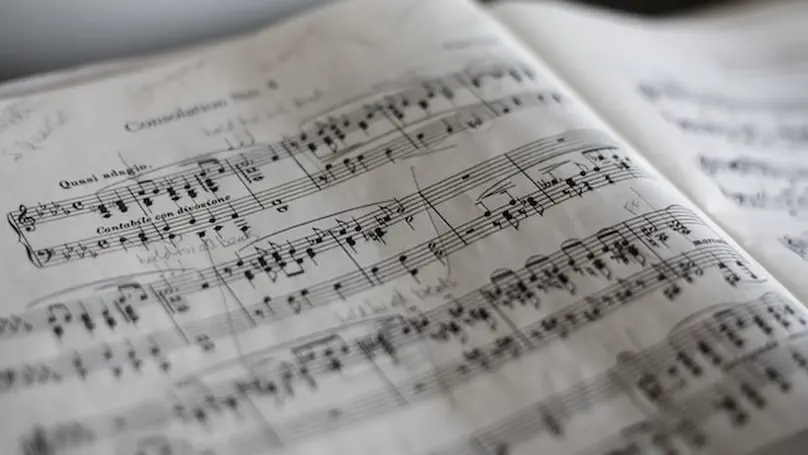Niyazi Arslan is a Ph.D. candidate in the Speech and Hearing Science program at Arizona State University.
- Auditory Neuroscience
- Cochlear Implants
- Psychoacoustics
-
PhD Candidate in Speech and Hearing Science, Present
Arizona State University
-
MSc in Speech and Hearing Science, 2019
Marmara University
-
BSc in Audiology, 2017
Bezmialem Vakif University
Featured Publications

Contemporary cochlear implants (CIs) use cathodic-leading symmetric biphasic (C-BP) pulses for electrical stimulation. It remains unclear whether asymmetric pulses emphasizing the anodic or cathodic phase may improve spectral and temporal coding with CIs.

Music appreciation through electric hearing in postlingually deafened and implanted cochlear implant (CI) users often faces limitations, given their prior acoustic-hearing experience. Research has shown that this group benefits from music preprocessing strategies such as remixing songs to attenuate instruments with rich harmonic structures (e.
